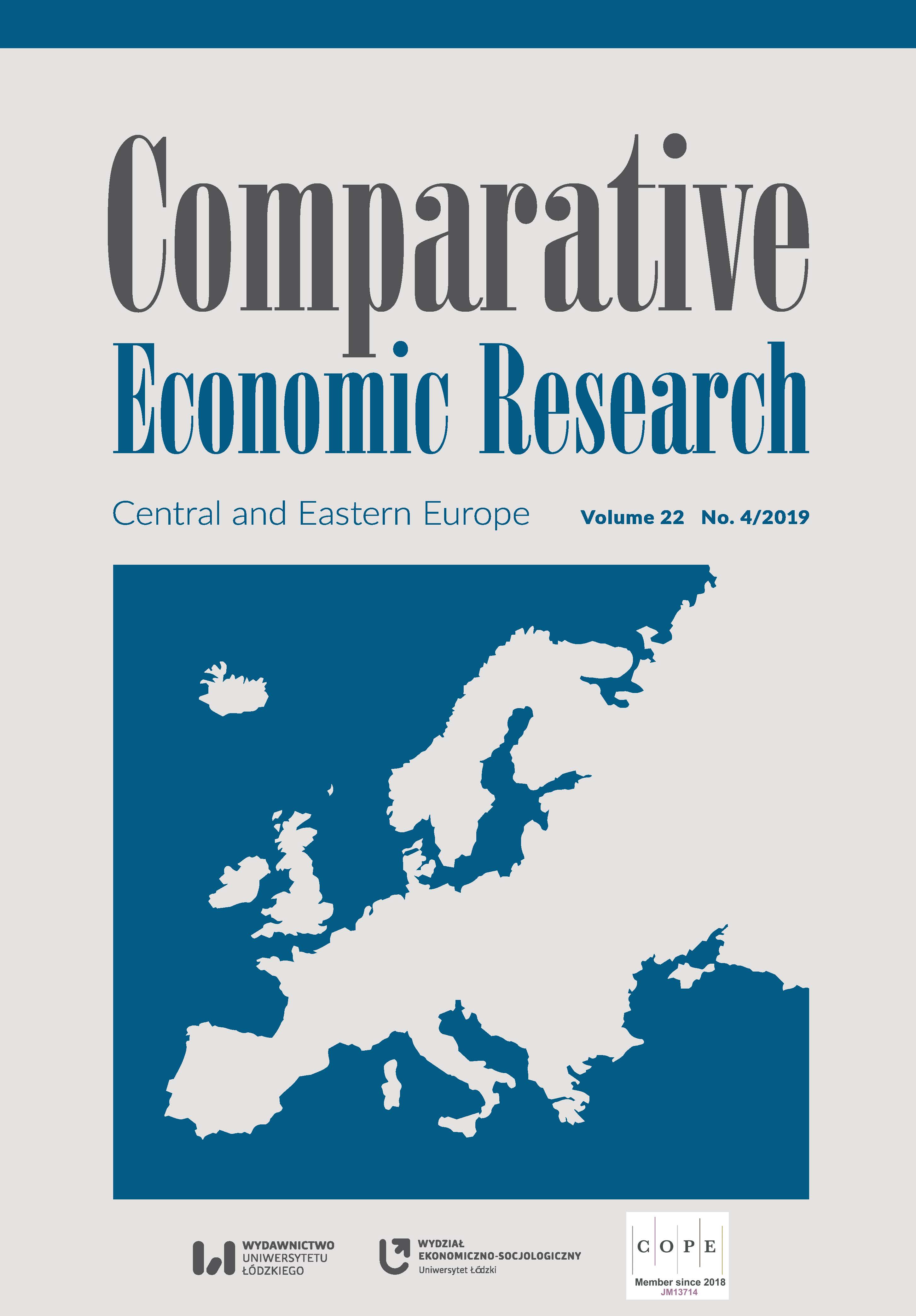Is It the Natural Rate Hypothesis or the Hysteresis Hypothesis for Unemployment Rates in Newly Industrialized Economies?
Is It the Natural Rate Hypothesis or the Hysteresis Hypothesis for Unemployment Rates in Newly Industrialized Economies?
Author(s): Dieu Nsenga, Mirada Nach, Hlalefang Khobai, Clement Moyo, Andrew PhiriSubject(s): Economy, Labor relations, Socio-Economic Research
Published by: Wydawnictwo Uniwersytetu Łódzkiego
Keywords: natural rate hypothesis; hysteresis hypothesis; unemployment; unit root tests; Fourier function approximation; newly industrialized economies
Summary/Abstract: The focus of our study is on determining whether unemployment rates in 8 New Industrialized Economies conform to the natural rate hypothesis or the hysteresis hypothesis. To this end, we employ a variety of unit of unit root testing procedures to quarterly data collected between 2002:q1 and 2017:q1. Summarizing of our findings, conventional unit root tests which account neither for asymmetries nor structural breaks produce the most inconclusive results. On the other hand, tests which incorporate structural breaks while ignoring asymmetries tends to favour the natural rate hypothesis for our panel of countries. However, simultaneously accounting for asymmetries and unobserved structural breaks seemingly produces the most robust findings and confirms hysteresis in all unemployment rates except for Asian economies/countries of Thailand and the Philippines.
Journal: Comparative Economic Research. Central and Eastern Europe
- Issue Year: 22/2019
- Issue No: 4
- Page Range: 39-55
- Page Count: 17
- Language: English

